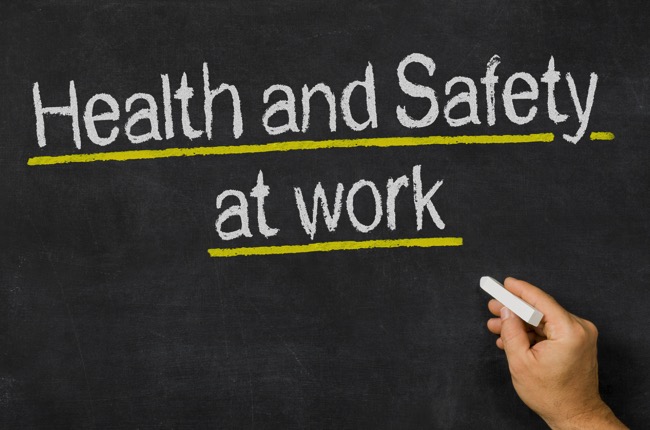Workplace accidents and health issues are costly. For every on the job accident that costs the company $48,000 directly, the indirect costs add up to more like $192,000. An Integrated Work Managament System can help businesses with several key factors in workplace safety and improving ergonomics, helping to save money. But more importantly, these businesses have put their workers first, not just the money.
The Direct and Indirect Costs of Unsafe Working Conditions
Every year, about 4,500 US workers are killed on the job. That equals to approximately 88 per week, or 12 per day. Out of 629,000 fatal and non-fatal accidents that occur in the US every year, 203,000 lead to three or more days of missed work, while 148,000 lead to seven or more days of missed work.
The direct costs of a worker becoming injured on the job are the immediate lost hours and days of work and the medical expenses incurred. But the indirect costs are far greater. Investigating the cause of the accident is costly, as well as any downtime associated with necessary repairs and cleanup efforts. The business also has to pay a replacement for that worker, either by hiring temporary help or refilling that position.

There are also costs associated with delays in production due to the accident, cleanup, and investigation. These delays can lead to customer dissatisfaction. Accidents and work-related illnesses raise the rates of workers’ compensation insurance, not to mention damaging the morale of the workers. In many cases, legal costs are also incurred following an accident.
How IWMS Can Support Safety Plans and Ergonomic Programs
Clearly, workplace accidents and health problems are costly. How can IWMS help? It helps you track and manage the facilities, equipment, work sites, safety gear, and other properties that contribute to worker health. For example, an Integrated Work Management System keeps up with when facilities have been inspected for fire and electrical safety, which lead to about 1,610 fires and about $162 million in property damages each year. Keeping facilities in good condition is a great way to decrease the chances of workers becoming injured through slip and falls and other workplace accidents.

IWMS also tracks when equipment has been inspected and serviced, and keeps up with the progress on necessary repairs. This assures that your workers aren’t trying to do their jobs with faulty equipment or equipment that hasn’t been checked for safety issues. Furthermore, it helps you keep up with where the equipment is so that it doesn’t end up in an area that’s likely to be dangerous to workers or passers by. It can track hazardous materials within your facilities and identify areas or procedures where workers are unnecessarily over-exerting themselves.
IWMS can also help you stay on top of the issue if a worker is injured. The system can create an emergency ticket and track the incident in real time as it unfolds. In the event that legal action is taken later on, this feature can demonstrate precisely how the company responded to the emergency and provided quality care for the worker.
